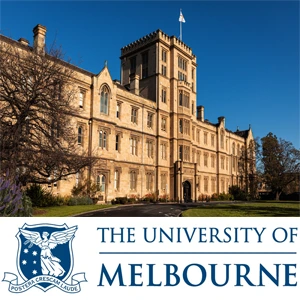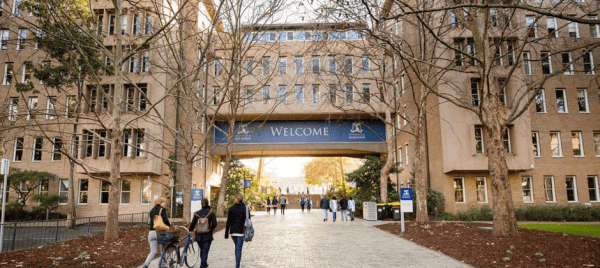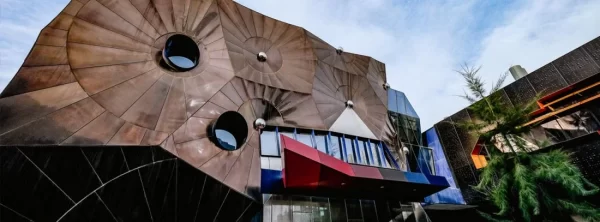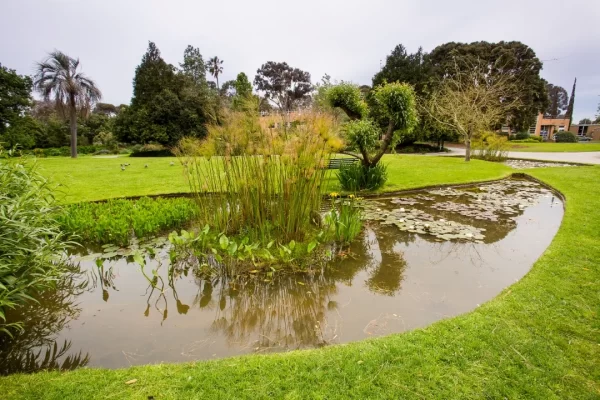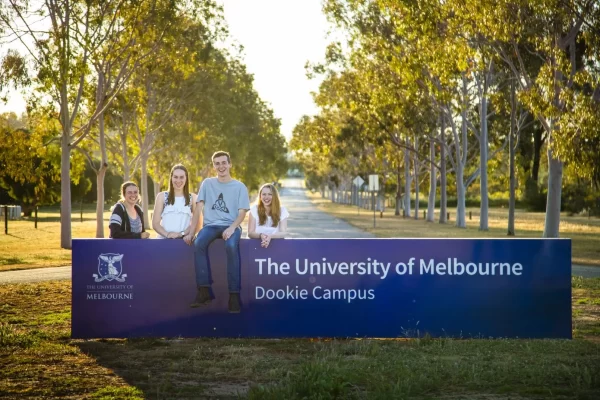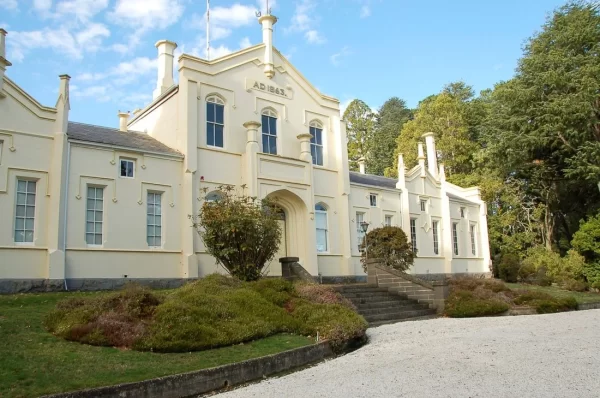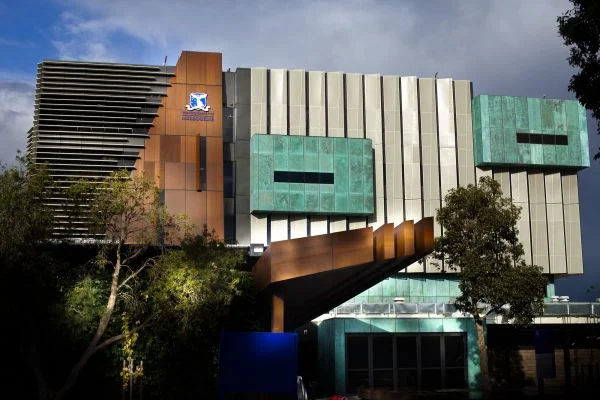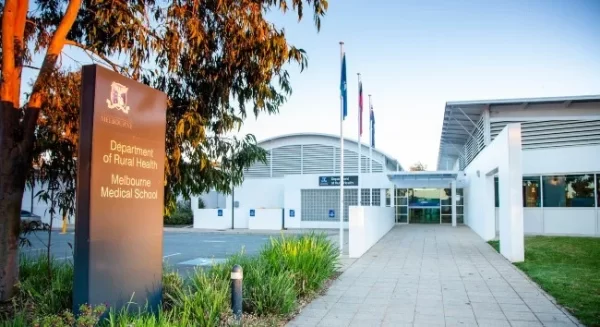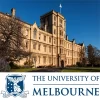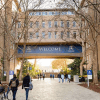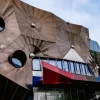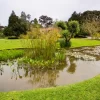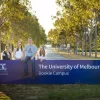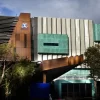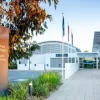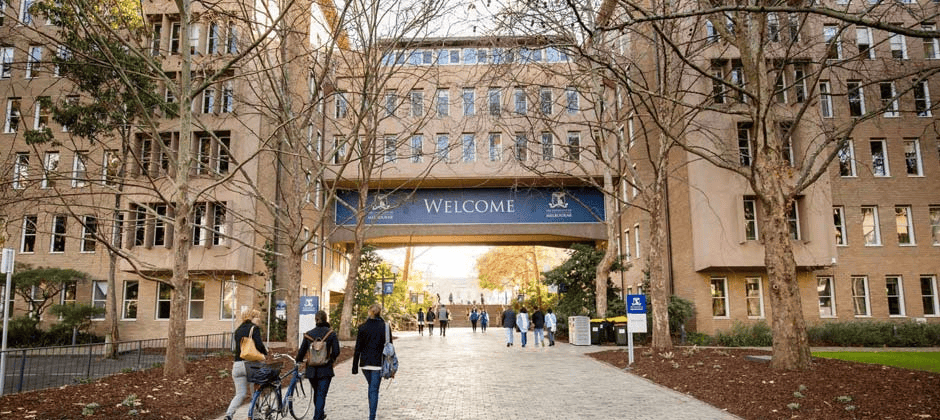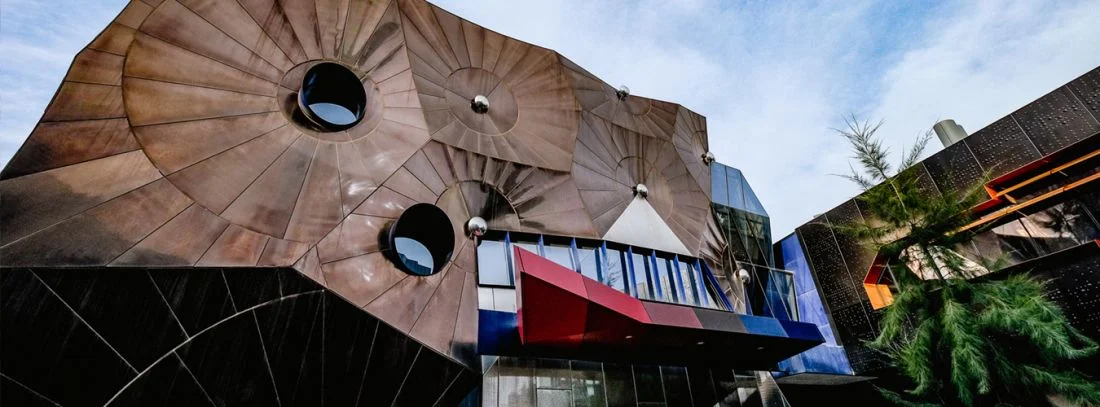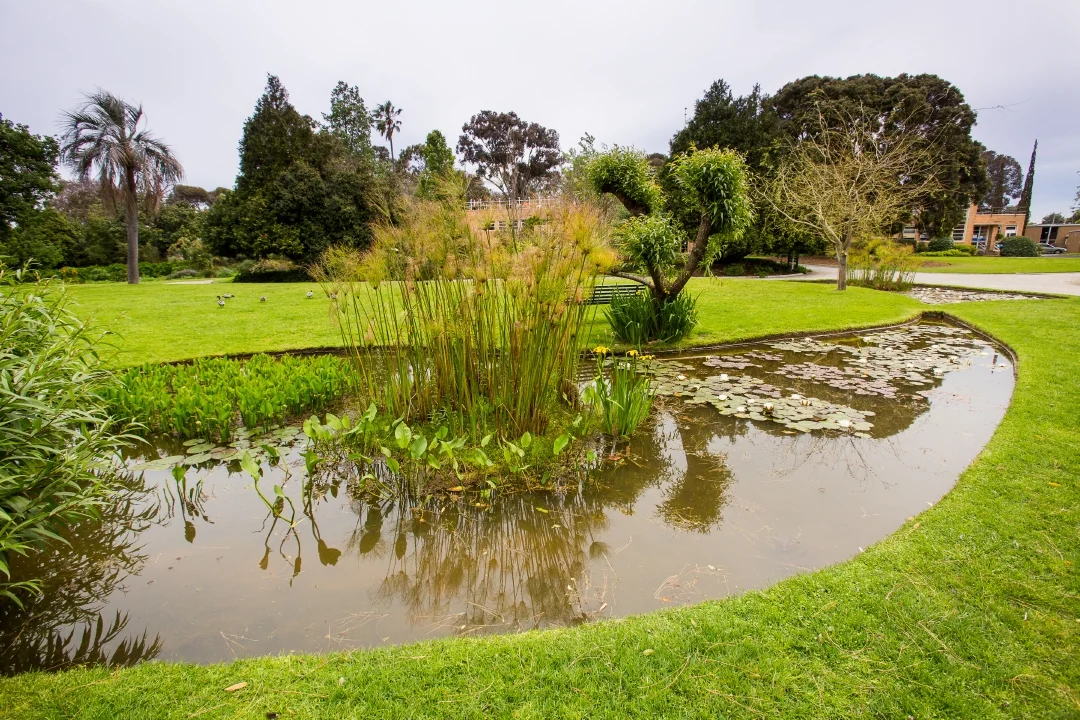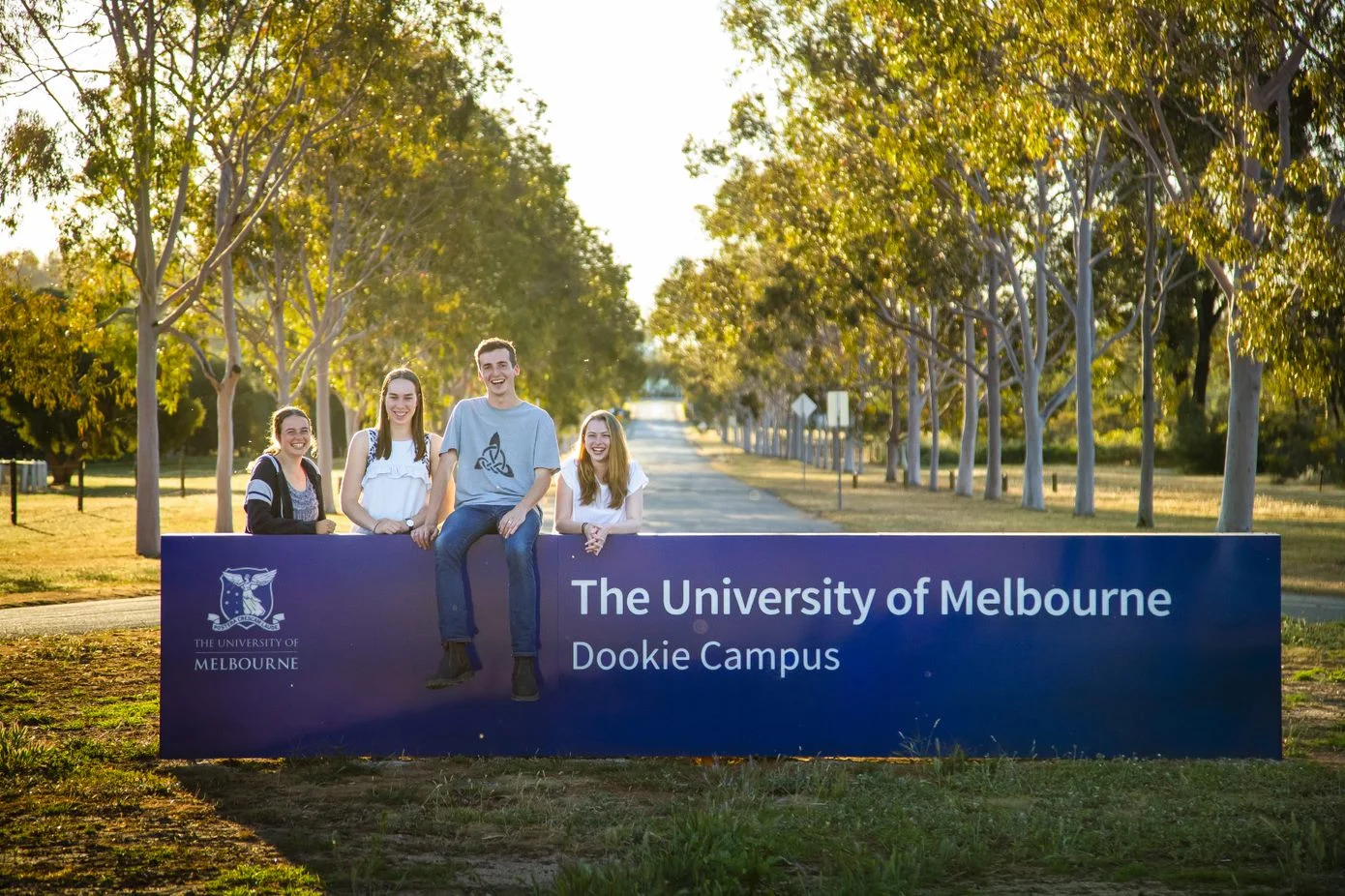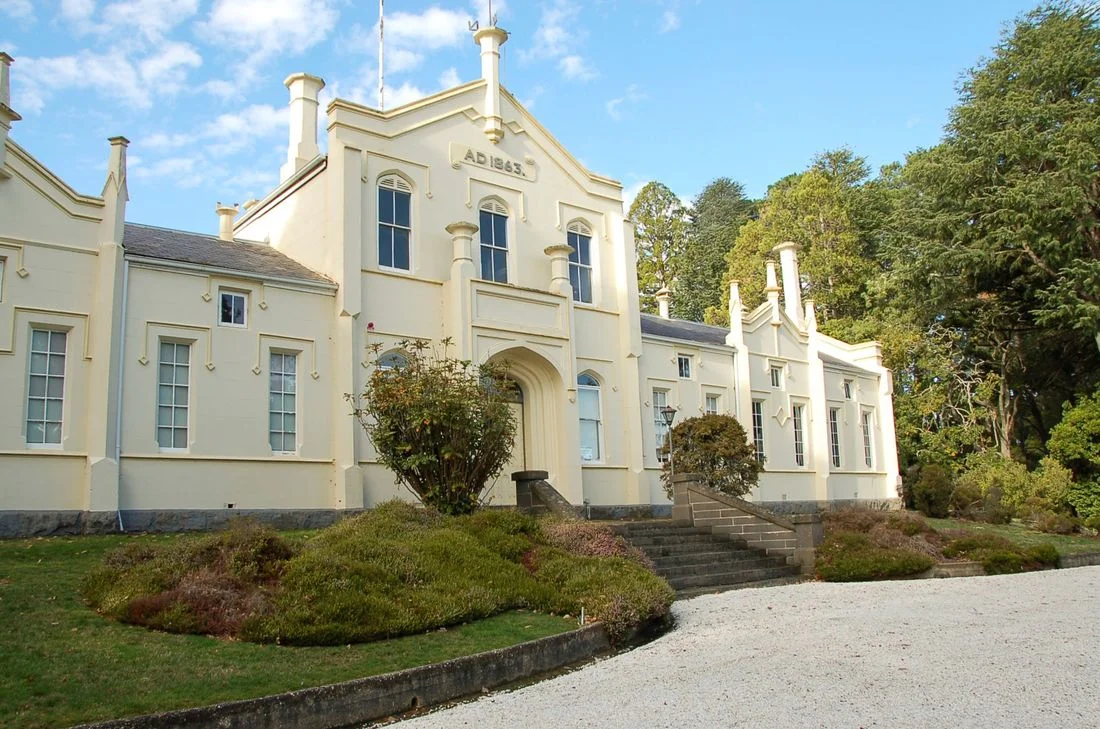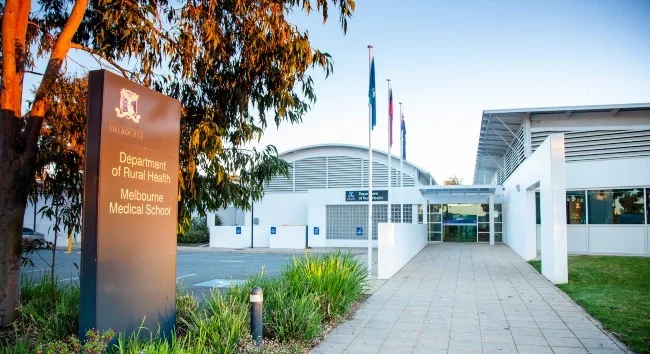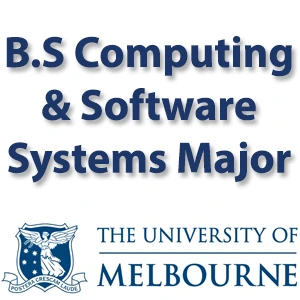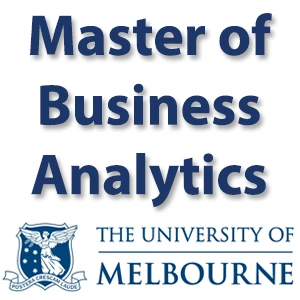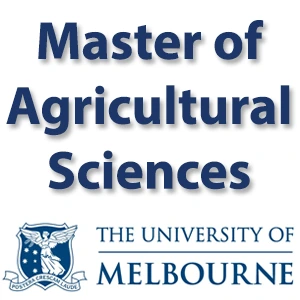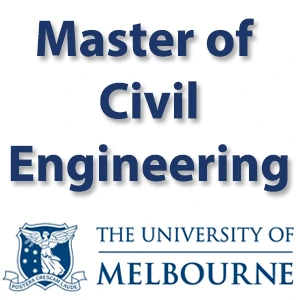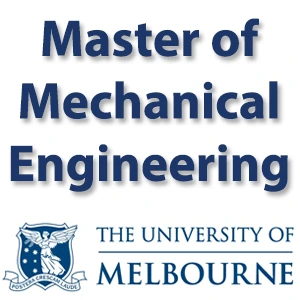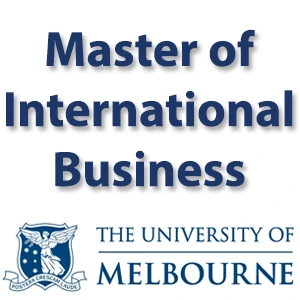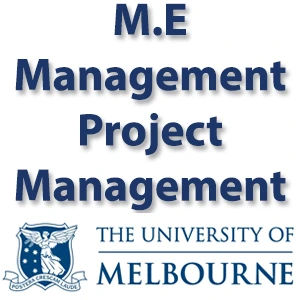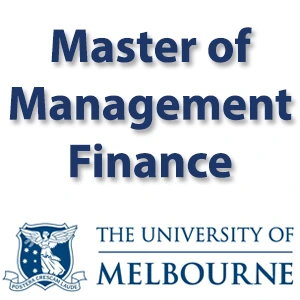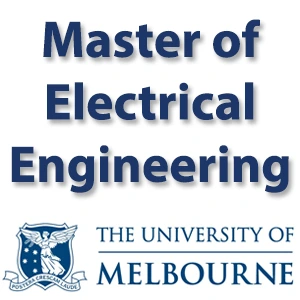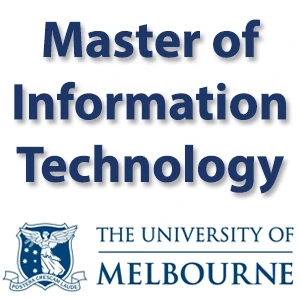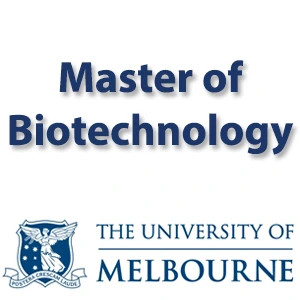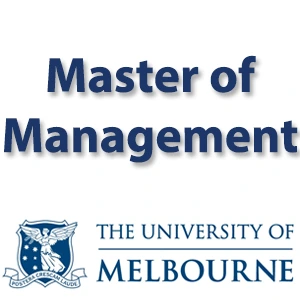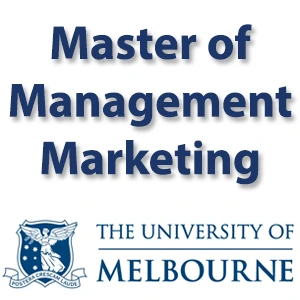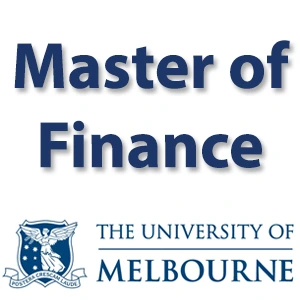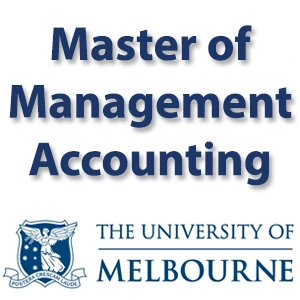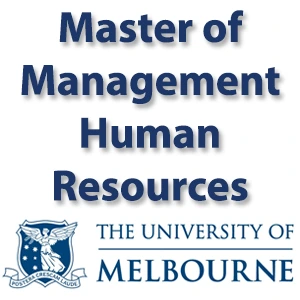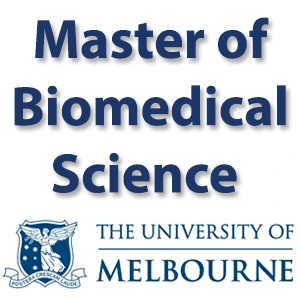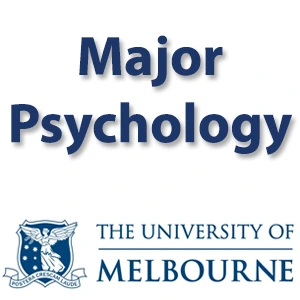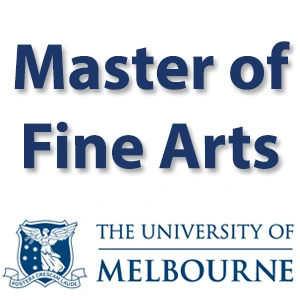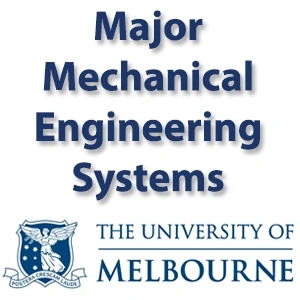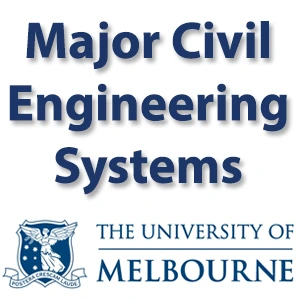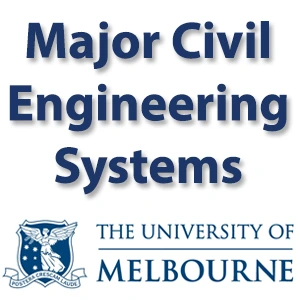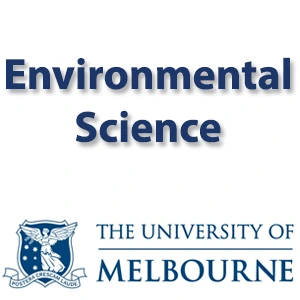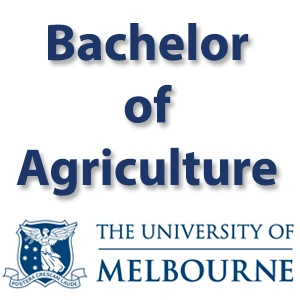The fees below provide an estimate of the course tuition fees for international students commencing an undergraduate course in Semester 1, 2024. As far as possible, the fees provided in this table show the typical tuition fees that a student enrolled in each undergraduate course will pay for the first year of the course in 2024. As a guide, a typical total course fee is also shown.
For most courses the typical tuition fees are based on subject enrolments normally undertaken by students in the course and reflect the discipline band of the subjects comprising the degree. For some degrees, a typical fee range is shown due to the wide range of variables that may affect the course structure and subjects taken.
Scholarships and financial support
What scholarships are available to me?
To find a scholarship that matches your circumstances, you can filter opportunities on our scholarship search. Each scholarship has important information regarding eligibility criteria, the application process and benefits.
Many of our scholarships are merit-based and awarded to eligible students based on their academic performance. Other scholarships are need-based, helping to support students who might otherwise miss out on tertiary education.
If you’re ineligible for scholarships at the time of applying, please note that there are many more scholarships available to continuing students who demonstrate academic excellence throughout their studies at Melbourne.
What financial help is available while studying?
Visit our Financial Aid page to find out how we can help you navigate the challenges of having a limited income while studying. The Financial Aid team provides information and advice about budgeting, managing debt and Centrelink payments, and can help you to access assistance during times of financial hardship.
Applying
How do I apply to study at the University of Melbourne?
The application process varies with your preferred level and area of study, and whether you are a domestic or international student.
- Domestic students are an Australian or New Zealand citizen, an Australian permanent resident or a permanent humanitarian visa holder.
- International students are a temporary visa holders or a bridging visa holders.
You can find detailed application guides to match your requirements on our How to apply web page.
Current Year 12 students interested in studying at the University, must submit a course application via the Victorian Tertiary Admissions Centre (VTAC). Applications open each year in August.
When will I receive my course application outcome?
Our selection officers prioritise course application assessments according to their intake, not the date of submission. The selection periods for our key intakes are:
- Start year (February) intake: September of the preceding year
- Mid-year (July) intake: March of the same year.
Once the assessment of your application has begun, you can expect to receive an outcome within the below timeframes:
Course type and indicative application turnaround time:
Undergraduate: 4-8 weeks
Graduate coursework: 4-8 weeks
Graduate research: 8-12 weeks
The indicative turnaround times listed above will not be relevant if the course you have applied for:
- Makes selection decisions only at set times during the year (this can be determined by consulting our How to apply page)
- Requires results from an admissions test that have not yet been released (e.g. GMAT, GAMSAT/MCAT)
- Requires outcomes of auditions or interviews that have not yet been scheduled.
I’m receiving an application error, what do I do?
If you receive an error message while completing your online course application, please attempt the following troubleshooting steps:
- Use a computer or laptop when accessing the system.
- Ensure that you are using a compatible internet browser. For optimal performance, please use Google Chrome. The system also operates on the most recent versions of Mozilla Firefox, Opera and Safari.
- Clear the cache (cookies and temporary internet files), then reload the browser before attempting to log in again. Alternatively, try opening the application system in an incognito/ private browsing tab.
- Review your application to check that all sections of the form are complete. If a section does not apply to you, please enter ‘NA’ into the text field, or upload a blank document where applicable.
- Uploading documents is a two-step process. In each section, first ‘Choose’ the file(s) and then press ‘Upload Files’.
- When attaching supporting documents, ensure the total size of all files in each section is less than 6MB. For example, you can upload three 2MB files in the Personal Statement section of the application system. If the size of all files totals more than 6MB, you might consider compressing one or more files or uploading the document in two separate sections of the application.
- Save all document attachments prior to clicking the ‘Save & Continue’ button at the bottom of each page.
- After all sections of the application form are complete, press ‘Save’, then ‘Submit’ to lodge your application.
- If you are having difficulty with the Application Fee payment section, check that your postal address is no more than 80 characters and written in the English alphabet. This applies to the postal address provided under the ‘Personal Details’ section of the application. If you need to change your address to make your application payment you will be able to update it once your application has been submitted.
Need more help? If the error persists, please contact our Future Student Support Team with full screenshots of the error you are receiving and outline all troubleshooting steps you have taken: Submit an online enquiry.
How do VTAC preferences work?
You can list up to to eight course preferences. Each of your nominated VTAC preferences will consider your application at the same time, regardless of how high or low they appear on your preference list.
Key points to remember:
- Your VTAC preference order won’t disadvantage your application. Universities don’t consider whether their course is preference number 1 or 8 when deciding to make you an offer.
- You only receive a single offer each round. VTAC examines your preferences and sends you a single offer that corresponds to your highest preference. Course preferences should be listed in the order you would most like to study, with your dream courses at the top, regardless of how likely you think they are to make you an offer.
For a step by step VTAC guide, visit How to apply for courses or Changing your course preferences.
How do I transfer to the University of Melbourne?
To transfer to the University of Melbourne from another institution, you need to follow our standard application process. You can find detailed application guides for all our courses on our How to apply web page.
If your application is successful, you can apply for Advanced Standing (also known as recognition of prior learning or credit) to receive credit from your prior studies, reducing your overall course duration at Melbourne.
How can I apply for undergraduate study as a mature age applicant?
If you successfully completed an Australian Year 12 (or equivalent) but have taken some time off before applying for university courses, please follow the standard undergraduate application process.
If you have taken at least seven years away from any kind of study, you may be eligible to apply for undergraduate study via our Non-school leaver pathway.
If you have not completed an Australian Year 12 qualification or equivalent (or didn’t do well enough in your Year 12 subjects for admission to your preferred degree) you could become eligible by:
- Undertaking Year 12 in an adult learning environment (such as the (such as the Centre for Adult Education or a TAFE institution)
- Using the Non-school leaver pathway (if you are over 23 years of age).
How do I upload documents to my application?
When completing your online course application, you will be prompted to upload supporting documentation.
Most documents can be uploaded directly to your course application. For detailed instructions, please see How to upload documents. Please note that the sum of documents under each section within your course application must not exceed 6MB.
Why is my application status ‘Request for Additional Application Info’?
If you have received a request for further information, you will need to satisfy the request for the assessment of your application to continue. When information is requested, the status of your application changes to ‘Request for Additional Application Info’.
Our Online Application System may continue to display the status ‘Request for Additional Application Info’, even after you have provided the requested information. Please do not be alarmed – if you have added the requested information to your application and this addition is visible to you, you can disregard this application status. The assessment of your application will continue.
In the event that the information you have provided is not satisfactory, our Admissions Team will be in touch via email with further instructions.
I want to plan my travel
Do I need to return to Melbourne to study in 2024?
The University of Melbourne has largely returned to campus-based Teaching & Learning.
- Undergraduate programs returned to campus-based delivery in 2023 and students are expected to be on campus. Most of our Graduate programs have returned to campus-based learning with some programs offering flexible delivery modes at the subject level.
Make sure you are aware of the visa implications of changing your enrolment.
Check the Handbook for further information on the subject delivery modes for your program of study.
When should I aim to arrive in Melbourne?
If you are enrolling in standard Semester 1, 2024 subjects, aim to arrive before Orientation starts.
This will enable you to
- Make the most of the orientation activities that will be scheduled
- Get settled before the start of semester 1 classes
- Attend classes from the start of semester.
Always check the teaching start date for your subjects in the subject entry in the Handbook.
Is there a University-supported service to plan and book my travel?
UniTravel is the University’s own travel program, supported by ATPI. The service has many benefits including access to discounted airfares and up-to-date general travel advice. UniTravel is with you every step of the way, including rebooking flights, should your flights be cancelled or rescheduled.
In an added safety and wellbeing measure, flights booked with UniTravel are visible to us here at the University. This means staff can monitor any significant disruptions or delays to your journey and can support you with any changes to your travels plans, right through to your arrival in Melbourne.
If you would like book your travel through UniTravel please contact student.unitravel@atpi.com or +61 3 9035 5666. This supported service is available 24 hours a day, 7 days a week.
Can I get a refund with UniTravel if I find a better deal somewhere else?
Like other travel services, any booked airfare will be subject to the conditions set by the chosen airline.
If students choose to explore a booking with UniTravel, all the terms and conditions will be made clear when selecting a flight and communicated by our travel consultants.
How can I find accommodation in Melbourne?
Find out all about the range of accommodation options at Melbourne.
If you are looking for accommodation close to the Parkville campus, check out the range of University accommodation options, available exclusively to students. Dedicated staff are available to assist you with your options and support your arrival in Melbourne.
Are there accommodation options for students with families?
Students with families that include young children typically organise accommodation via the private rental market in Melbourne. There are a range of commercial websites available listing properties for rent in the suburbs close to campus, and students are encouraged to contact the rental agents promoting these properties directly for support and advice on arranging an inspection once you arrive in Melbourne.
I’ve recently arrived in Melbourne
How do I get around in Melbourne?
Melbourne has the world’s largest tram network, as well as an extensive system of trains and buses. Find all the ways you can move around in Melbourne via public transport.
Keep the link to campus maps handy during your first days on campus so you can easily plan your routes between classes.
What fun things are happening on campus?
Please visit our student life page which highlights featured events across semester and helpful links to get involved with campus life.
Will there be student clubs and societies I can join in?
Yes, for information on clubs and societies, please see: https://umsu.unimelb.edu.au/buddy-up/clubs/ and https://gsa.unimelb.edu.au/gradgroups/



